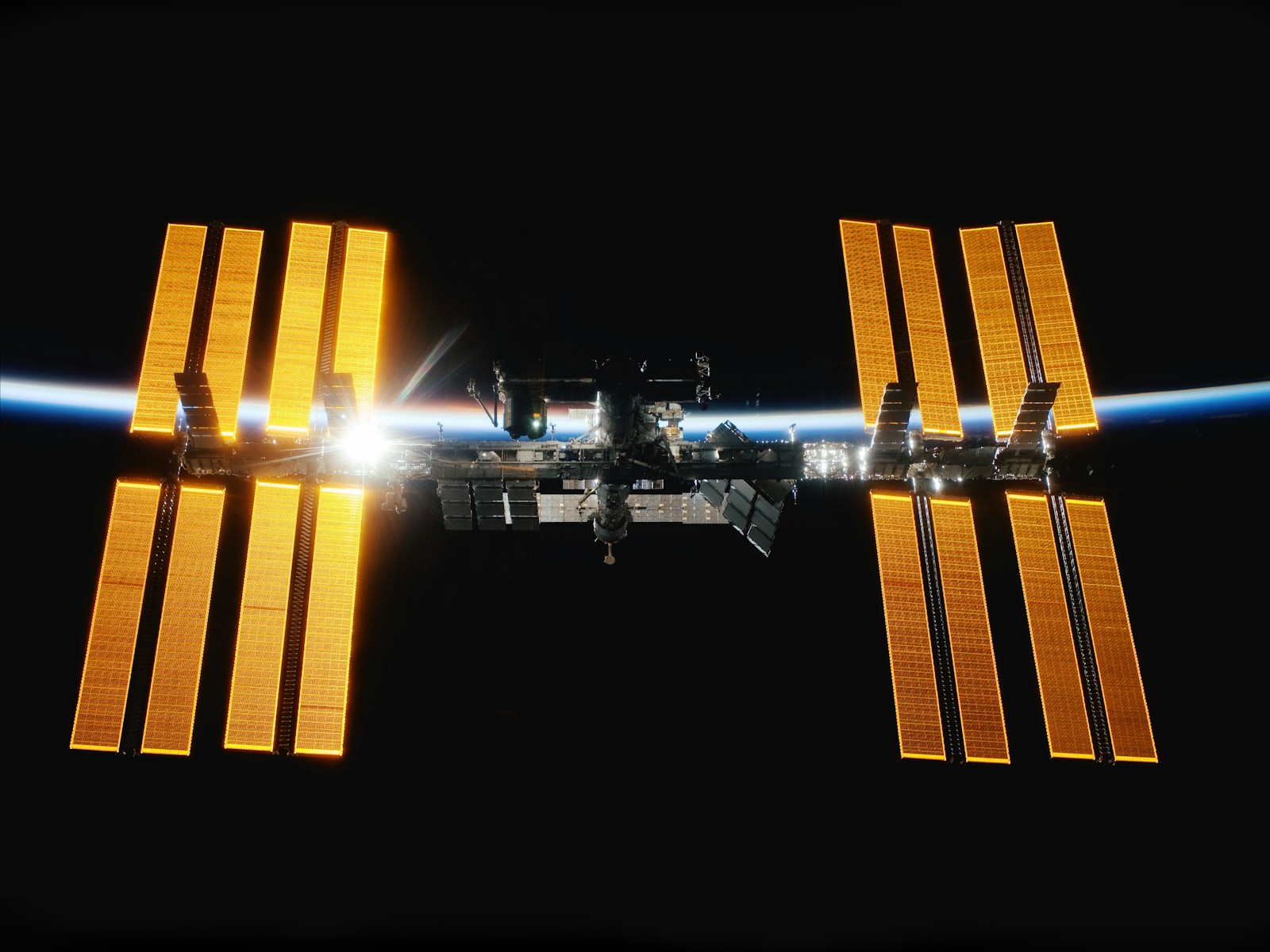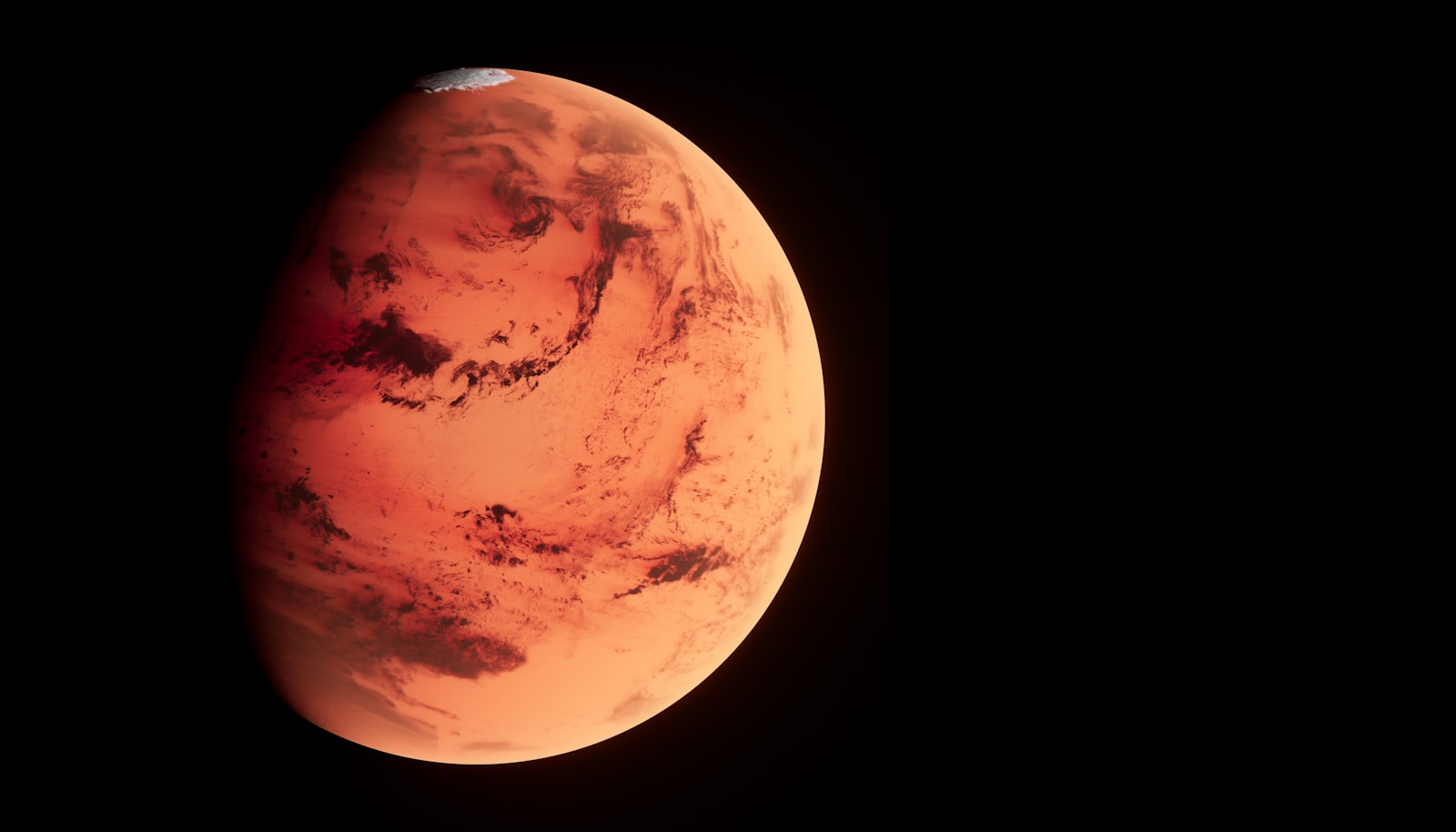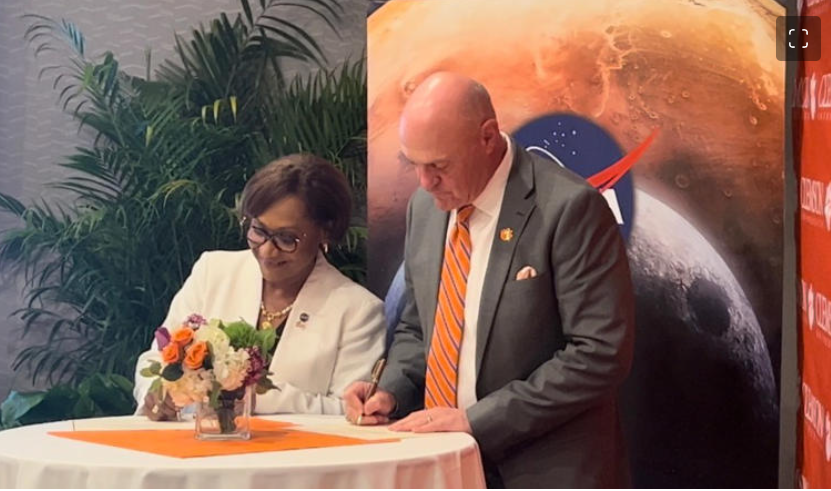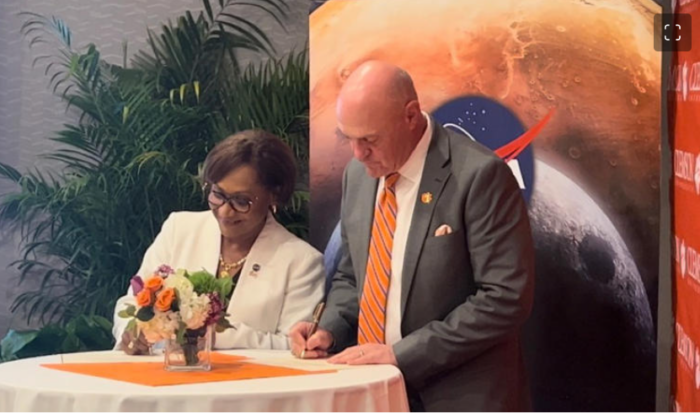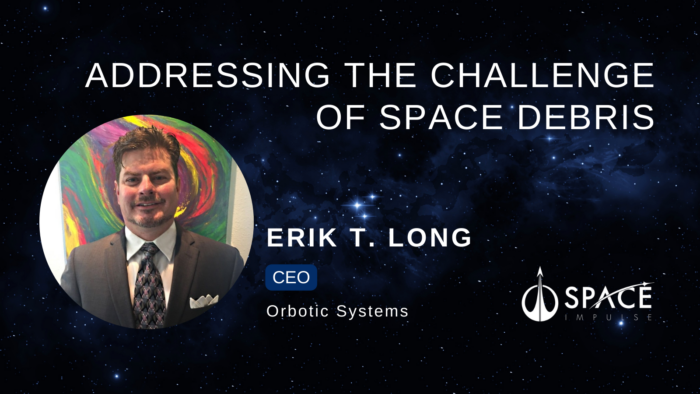Insider Brief
- Although the termination of the International Space Station has been pushed back before, talks on the eventual need to replace it are being actively discussed.
- Several companies are positioned to be part of the next phase of ISS — and potential for commercial space stations.
- One of the key facets of the debate: can a commercial space station be sustainable?
As the International Space Station (ISS) approaches its twilight years, companies in the global space community is now positioning themselves for what comes next, the Netherlands-based NRC reports.
The ISS, a hallmark of international cooperation and scientific achievement, has seen its operational timeline extended multiple times. Initially set to retire in 2020, NASA now targets 2030 as the end date, though this could extend further. This ongoing postponement is a testament to the station’s enduring value but also underscores the technical and political challenges it faces.
Philippe Schoonejans, ESA’s ISS manager, said the unique circumstances now facing the ISS, particularly technical wear and geopolitical tensions, make its phase-out more probable, according to NRC Media.
In 2021, the discovery of cracks in the Zarja module, the oldest part of the ISS launched in 1998, signaled the station’s aging infrastructure. Moreover, the once steadfast collaboration with Russia has become strained, complicating operations, the media service reports.
Efforts to safely decommission the ISS are underway, including plans for a controlled descent into the Pacific Ocean, making it the largest artificial meteor in history, the media service reports.
What Happens Next?
Yet, the end of the ISS is envisioned as a new beginning. There are a range of paths the plan to replace the ISS could take — and each path could change how startups in the space industry play this new era. The NRC pieces discusses several scenarios.
Various modules of the ISS may be repurposed, seeding new, commercially operated space stations, for instance. This shift aligns with NASA and ESA’s strategy to engage commercial entities in routine space activities, reserving pioneering missions for space agencies, according to the media service. Among the contenders to succeed the ISS, NRC suggests that Axiom Space, led by former ISS manager Michael Suffredini, is a frontrunner. Axiom’s first module, under construction in Italy by Thales Alenia, is slated for a 2026 launch and eventual attachment to the ISS.
Axiom Space’s vision diverges aesthetically from the ISS, with designs featuring yellow padded walls, large windows and video screens, envisioned by French designer Philippe Starck as a “comfortable egg” harmonizing with human movement in zero gravity. However, the privilege of experiencing this comfort comes with a price tag of $55 million.
Other notable projects mentioned by NRC include the Orbital Reef by Blue Origin and Sierra Space and Starlab, a joint venture initially between Lockheed Martin and Voyager, now involving Airbus Defence and Space, aiming for a 2028 launch. Each of these projects represents distinct visions for the future of low Earth orbit operations, from scientific research to exotic hospitality and space tourism.
How Sustainable?
The sustainability of these commercial endeavors remains a concern. While commercial operations have become more streamlined and affordable, the market for space tourism and private research may be limited. Nonetheless, the transition towards commercial space stations is seen as an opportunity to ensure continuous human presence in low Earth orbit without the gap that could hinder space exploration programs.
There’s an on-going debate here. NRC tapped two key officials for their opinions–Frank De Winne and Philippe Schoonejans.
De Winne is a former Belgian astronaut and the head of the European Astronaut Centre (EAC) in Cologne, Germany. He has participated in space missions and has a significant role within the European Space Agency (ESA), contributing to astronaut training and space mission preparation. Schoonejans is a manager for the International Space Station (ISS) at the European Space Agency (ESA), responsible for the robotic arm ERA (European Robotic Arm). His work involves overseeing various aspects of the ISS’s operations and contributions from the European side, particularly in the context of robotics and technology.
Both have differing opinions as to whether space stations can be operate sustainably.
“Experience with the ISS shows that it is difficult to make this commercially viable,” says De Winne.
Schoonejans, though, is more on the optimistic side of the debate.
“I think there are reasonable prospects that at least one of the plans will succeed,” Schoonejans says.
In parallel, China’s Tiangong space station, operational since 2021, represents another facet of the evolving space station landscape, offering a potential alternative for international collaboration outside the traditional ISS partnership.
Ultimately, as the ISS’s journey nears its conclusion, there is no shortage of projects and now shortage of space startups ready to pursue their own — potentially lucrative visions — of a commercial space station. The transition from a singular, international endeavor to a diverse ecosystem of commercial and national stations will mark a new chapter in humanity’s spacefaring saga, one that promises continued exploration, innovation and perhaps, a deeper understanding of our place in the cosmos.
If you found this article to be informative, you can explore more current space industry news, exclusives, interviews, and podcasts.
Share this article:
